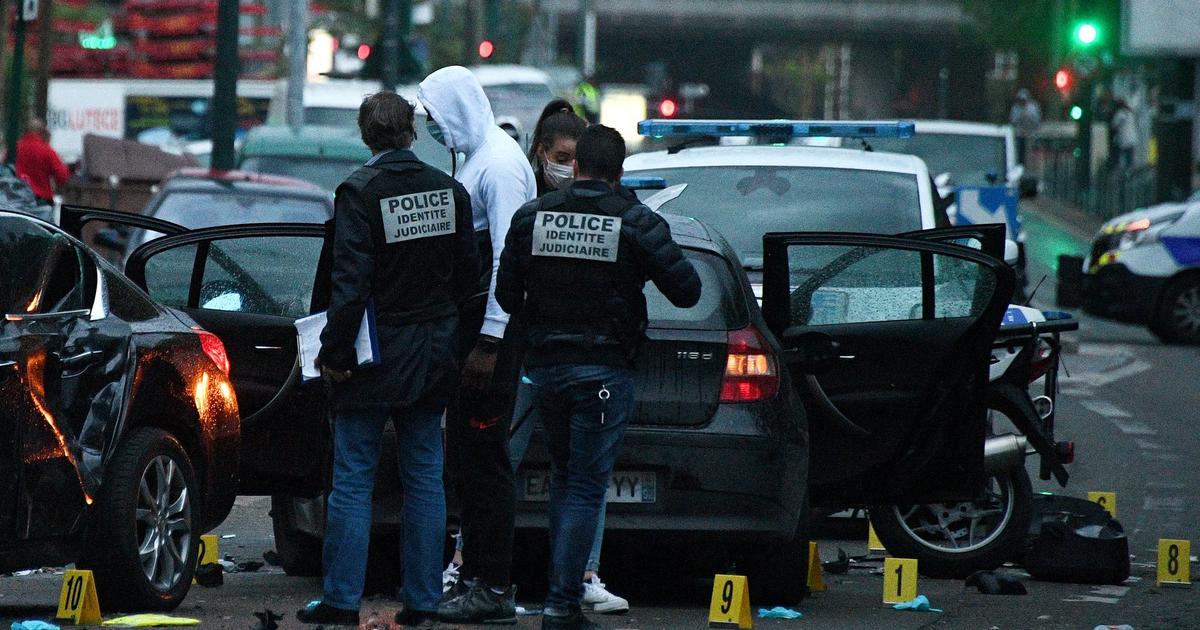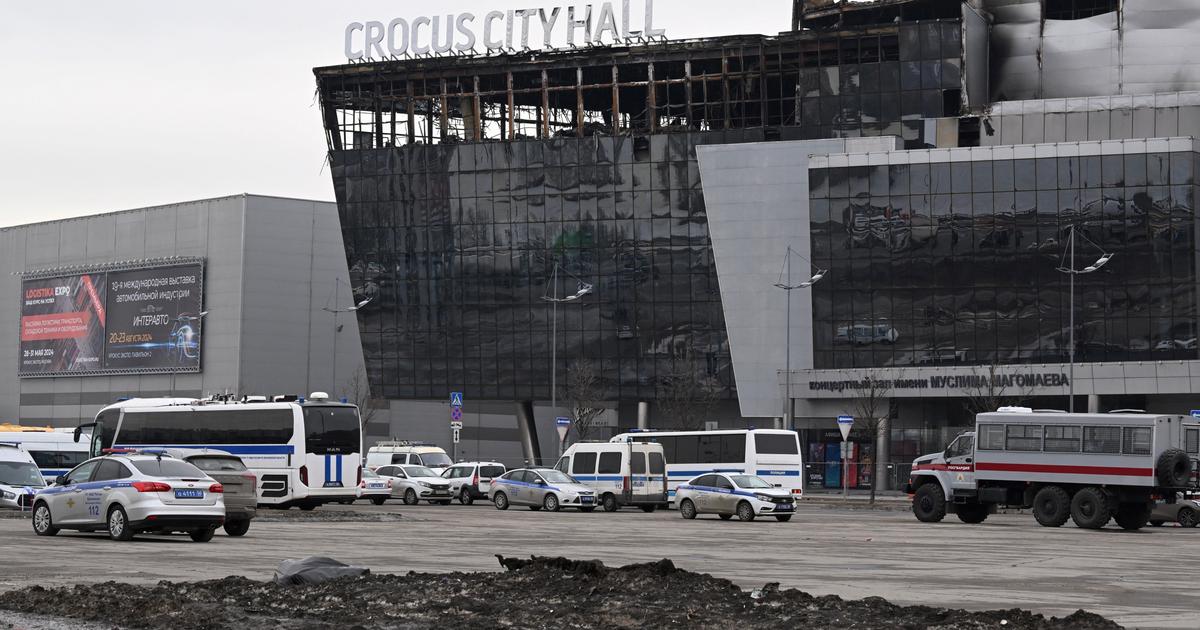A few days ago, in the long judicial process that is being held for the jihadist attacks of November 13, 2015 in Paris, the only survivor of the cell that launched that horror that left 130 dead and dozens of wounded was interrogated.
Salah Abdeslam did not activate the explosives belt he was wearing, and the question under investigation is whether a device failed him or whether he backed out at the last moment.
On that he had to pronounce himself, and he said that in the end he backed down.
So he stressed that he had not "killed anyone, injured anyone, not even a scratch" and went to the president of the court with a blackmailing spirit to affirm that, if they humiliate him with a possible life sentence,
What good will it do in the future for others to repent in similar circumstances if they are going to be condemned anyway?
Salah Abdeslam, unlike other defendants, is loquacious, does not stop talking, claims to be a fighter of the Islamic State and has said that he lived as a libertine until he converted to Islam.
In a recent chronicle of the series that Emmanuel Carrère is writing about this macro trial, he commented that those who deal with these matters have a special fascination for the guilty.
The challenge is trying to understand them, and peering into their lives "to detect the point where they got hooked, the mysterious point where they veered off into crime."
It is not easy even with those who do not stop talking, and it is not easy either - of course - with those who remain silent.
The book that the journalist Patrick Radden Keefe wrote about the IRA is precisely titled
Say Nothing.
Silence is often the norm, so understanding the mechanisms that trigger a person's commitment to terror ends up being extremely difficult, even when the most terrible events are long overdue and, as in the Ulster case, achieved peace after the Good Friday Agreements.
Keefe's book dives deep, and always through the stories of different people, into what happens in a community wracked by violence, and there is everything: collateral damage from botched operations, sentimental score settling, the fanatic fidelity to the movement but also the network of betrayals, the intimate conviction that those who embrace the terror have of collaborating in a great cause and also its reverse, finding themselves wonderful for being oppressed, because that is what justifies a life on the brink of abyss.
Bombings, Deaths, Hunger Strikes: Keefe follows the story of a woman, a mother of 10 children, who was made to disappear by the IRA during the Troubles, the riots that hit Northern Ireland between 1969 and 1998,
One of the most terrible fractures occurs within the IRA when those who make up the military apparatus are left behind by those who embark on the political path.
Keefe knows how to capture with true mastery the nonsense of those broken lives that one day chose violence to end other lives.
They seemed distant and anonymous to them, and the fight for their cause justified everything.
Even so, and whatever the objective pursued by their attacks, the mystery remains: how this step is taken.
Exclusive content for subscribers
read without limits
subscribe
I'm already a subscriber

/cloudfront-eu-central-1.images.arcpublishing.com/prisa/FEKDAWGEF7STDBAIZZWJ7MVH4U.jpg)







